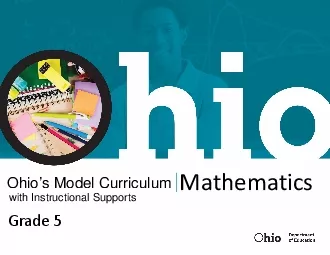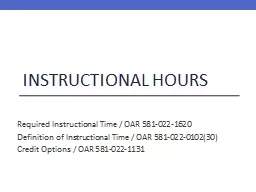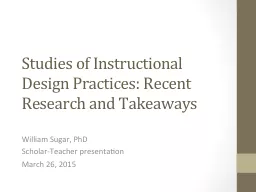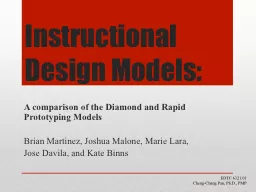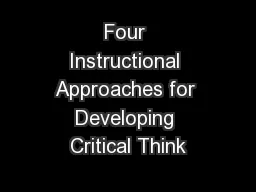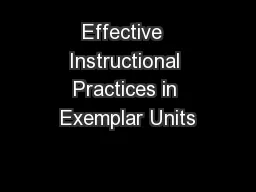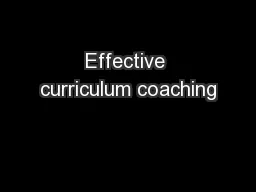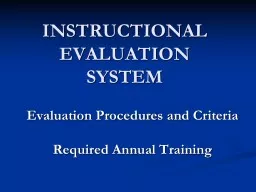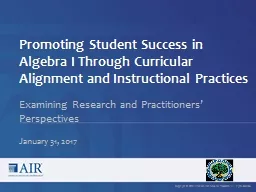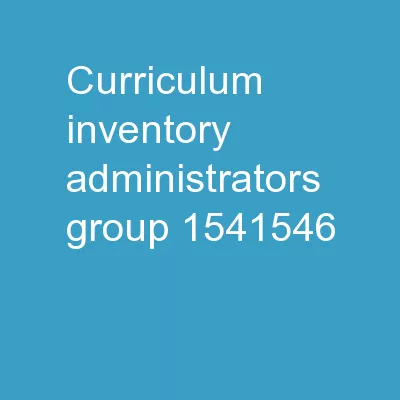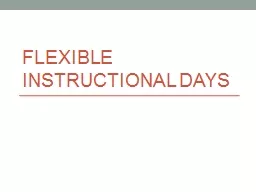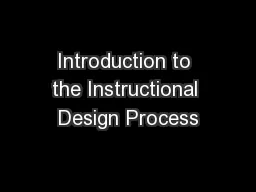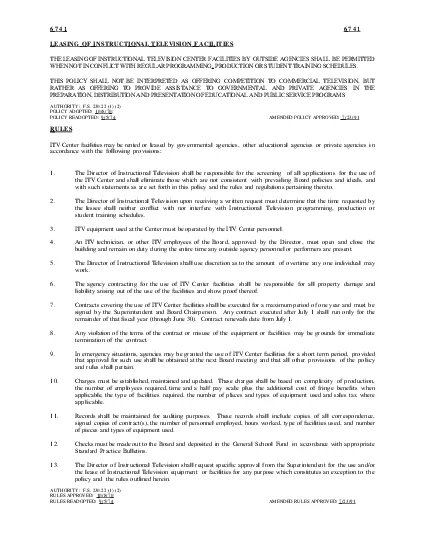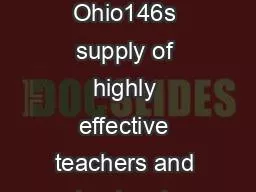PDF-OHIO146S MODEL CURRICULUM WITH INSTRUCTIONAL SUPPORTSMathematics
Author : gelbero | Published Date : 2021-10-11
GradeMathematics Model CurriculumwithInstructional SupportsGrade 5TABLE OF CONTENTSNTRODUCTIONTANDARDS FOR ATHEMATICAL RACTICEOPERATIONS AND ALGEBRAIC THINKING5OARITE
Presentation Embed Code
Download Presentation
Download Presentation The PPT/PDF document "OHIO146S MODEL CURRICULUM WITH INSTRUCTI..." is the property of its rightful owner. Permission is granted to download and print the materials on this website for personal, non-commercial use only, and to display it on your personal computer provided you do not modify the materials and that you retain all copyright notices contained in the materials. By downloading content from our website, you accept the terms of this agreement.
OHIO146S MODEL CURRICULUM WITH INSTRUCTIONAL SUPPORTSMathematics: Transcript
Download Rules Of Document
"OHIO146S MODEL CURRICULUM WITH INSTRUCTIONAL SUPPORTSMathematics"The content belongs to its owner. You may download and print it for personal use, without modification, and keep all copyright notices. By downloading, you agree to these terms.
Related Documents

